Today we have a rare non-Scientology piece here at the Underground Bunker. But with August 13 rapidly approaching, we wanted to get the word out about an event taking place in Arizona that we think is very important. And your proprietor will be there in attendance.
Robert Burnham Jr — the people who knew him called him Bob — would have been fascinated by the science coming out of the images from the James Webb Space Telescope.
But he warned that astronomers were doing a disservice to the public if they didn’t also encourage people to make their own connection to the night sky.
“I don’t see the universe chiefly as a huge heap of raw data waiting to be fed into a computer,” Bob wrote in 1982. “Collecting factual data is fine. I do it too. But the heart and core of astronomy, to me, is the direct experience of the universe.”
The people who search for that kind of direct experience — telescope users around the world — have relied on Bob to help guide them to the most interesting places in that universe.
His three volume, 2000-page ‘Burnham’s Celestial Handbook,’ completed in 1978, is to this day still a treasured possession for people who explore the cosmos from their own backyards.
A massive undertaking by a single person, the Handbook is part encyclopedia, part science textbook, and mostly a work of wonder about the heavens that begs its reader to discover those treasures for him or herself on the next dark, clear night.
And there is something else unique and essential to the Handbook: You can literally see the Herculean effort it took to put it together, since its tables and charts and essays were typed, page by page, by Burnham himself on first one typewriter, which broke down from the effort, and then from a sturdier IBM Selectric machine that allowed him to complete the large third, and final, volume.
Happening to come out at a time, the late 1970s, when there was a renaissance going on that allowed amateurs to own larger instruments for reasonable prices and even to build large telescopes themselves, the combination of the “Dobsonian revolution” in telescope ownership and Bob’s intriguing guide to the night sky changed many lives. My own included.
Twenty-five years ago this summer, I set out to find Bob and interview him about his masterpiece, and discovered that he had died a few years before, in 1993, and almost no one in the astronomical world was aware of it.
In part, that was because he had left Lowell Observatory, the place where he had worked for more than 20 years, in 1979, and the institution had, for the most part, ignored his legacy.
When I visited the observatory that summer of 1997 trying to piece together the life of such a unique man, there was little sign that he’d ever been there.
Now, 25 years later, the observatory is making up for that. Lowell has created a display about Robert Burnham Jr at its rotunda, and on August 13 it has scheduled an evening with some speakers that will include Bob’s sole living relative.
I’ll be there too. And I’m looking forward to seeing the new display because it will include an item that I gave Lowell to include in it.
Bob’s sturdy IBM Selectric typewriter.
It was on a long drive from Phoenix to Big Bear, California for a telescope conference that I first told Tom Polakis I had come up with a crazy idea.
I was working as a staff writer at Phoenix New Times, and my job was to find surprising and conflict-filled stories about politics, crime, courts, and other contentious stuff. But I had also pleased my editors by contributing a couple of pieces about local scientists, and Arizona was lousy with astronomical types, drawn to its dark skies.
I told Tom, one of those extremely competent Arizona dark-sky types, that out of curiosity I had tried to learn more about Burnham, the author of the set of books we found so useful, and discovered something interesting at the Phoenix public library. Looking through archives, I realized that the “Robert Burnham” who helped edit Astronomy magazine and was the author of several books was not the “Robert Burnham Jr” who had written the Handbook.
In fact, except for a single 1982 self-interview Bob had contributed to the magazine, I could find no other published work by him except for his massive 2000-page encyclopedia of the night sky.
What kind of person does that? Who taps out a Britannica of the heavens on his own typewriter and publishes almost nothing else?
While we drove to Big Bear, I told Tom about my search, and that I wanted badly to interview Burnham if I could track him down.
Tom pointed out that in the Handbook, when it was finished in 1978, Bob listed himself as a member of Lowell Observatory. He suggested that I call up Brian Skiff, an astronomer at the observatory Tom knew personally.
So I did. Brian said he’d heard something about Bob being spotted on the coast in California, and something about selling paintings in parks.
That didn’t sound promising. How would I find someone selling paintings in parks? But Brian also suggested I contact Norm Thomas, a retired Lowell astronomer who had worked with Bob for many years.
From 1958 to 1979, Bob Burnham and Norm Thomas had used the Pluto discovery telescope to systematically photograph the same sections of the night sky that Clyde Tombaugh had done 30 years earlier, so they could compare the positions of stars that had changed in that time. This “proper motion survey” was invaluable in a pre-satellite age and resulted in the discovery of many new asteroids and white dwarf suspects: degenerate stars with incredible densities.
It was Norm who first suggested to me that Bob might no longer be alive. But he didn’t know for sure. The only thing he could suggest was that he remembered that Bob had a sister in Phoenix. But he didn’t know her name.
He did remember, however, that when Bob’s mother had died in Prescott years ago, the newspaper’s obituary had carried the names of both Bob and his sister.
With some patience and luck, I managed to find the obituary, and that’s how I learned the name of Bob’s sister: Marguerite Viola Courtney.
That sent me to the county voter’s database in Phoenix, and to my astonishment, there were two Marguerite Viola Courtneys in the system. One of them was originally from Chicago, however, and I knew that’s where Bob had been born.
And so that’s how I tracked down Viola, who confirmed that her brother Bob had died in 1993. She and her daughter Donna then generously allowed me into their lives so that I could put together an 11,000-word biography of Bob for the Phoenix New Times in September 1997.
It turned out that Bob, a genius in things he cared about, but indifferent to practical matters, had endured various hardships in a life that ended with heart failure at only 61 years of age.
I knew that Viola had not been sure what to think of me or the project, but after it came out, she was grateful and we were both emotional about it. Bob had meant a lot to both of us.
And that’s when she said she had a gift for me. I went to her north Phoenix house and she showed it to me: An enormous and heavy IBM typewriter. The typewriter. The machine that Bob had used to pound out his magnum opus.
For years, and through a dozen moves across the country, I lugged that thing with me as my most prized possession.
And over time, Lowell Observatory became more open to the idea of recognizing its former employee. In 2009, Tom Polakis’s wife Jennifer spearheaded an effort to put a plaque about Bob on a boulder along the walking path to the Pluto telescope. (Unfortunately, it was damaged during later construction at the observatory, but a new plaque is going to replace it.)
And then, in 2019, I happened to run into a man named Kevin Schindler at the Northeast Astronomy Forum, a telescope trade show that takes place in Rockland County.
Kevin was there representing Lowell Observatory, getting out the word that the place was changing. Long a top flight research institute, the observatory was trying to become more welcoming to visitors and to amateur astronomers, building new facilities where the public could get their hands on telescopes for observing.
When I told Kevin that I was the author of the story about Burnham, we discussed the possibility of Lowell doing more to highlight Bob’s contributions.
Several months later, I lugged the heavy typewriter to Kevin’s hotel room when he was in New York again on a layover, and the machine began making its way back to Lowell.
The ceremony to celebrate the new display was delayed for a couple of years because of the pandemic, but finally, Bob will be getting his due at a place that was a huge part of his life for so many years.
And among the people speaking that night, on August 13, will be Bob’s niece, Donna.
Her mother, Viola, died in 2013. She would have, however, been thrilled to see her brother honored at Lowell. I only wish she could have seen it.
Thank you for reading today’s story here at Substack. For the full picture of what’s happening today in the world of Scientology, please join the conversation at tonyortega.org, where we’ve been reporting daily on David Miscavige’s cabal since 2012. There you’ll find additional stories, and our popular regular daily features:
Source Code: Actual things founder L. Ron Hubbard said on this date in history
Avast, Ye Mateys: Snapshots from Scientology’s years at sea
Overheard in the Freezone: Indie Hubbardism, one thought at a time
Past is Prologue: From this week in history at alt.religion.scientology
Random Howdy: Your daily dose of the Captain
Here’s the link for today’s post at tonyortega.org
And whatever you do, subscribe to this Substack so you get our breaking stories and daily features right to your email inbox every morning…
Now available: Bonus for our supporters
Episode 6 of the Underground Bunker podcast has been sent out to paid subscribers, and it’s a conversation with Pete Griffiths about how he managed to run a Scientology mission after being declared SP. Meanwhile, we’ve made episodes 1 through 5 available to everyone, with Sunny Pereira dishing secrets of Scientology’s Hollywood Celebrity Centre, Bruce Hines on the crazy life in the Sea Org, Jeffrey Augustine on recent Scientology court cases, Claire Headley exposing Tom Cruise, and Marc Headley on what it must be like for David Miscavige living in Clearwater, Florida. Go here to get the episodes!
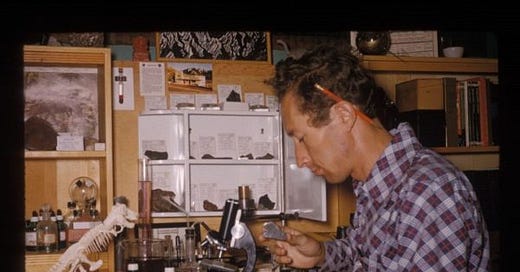



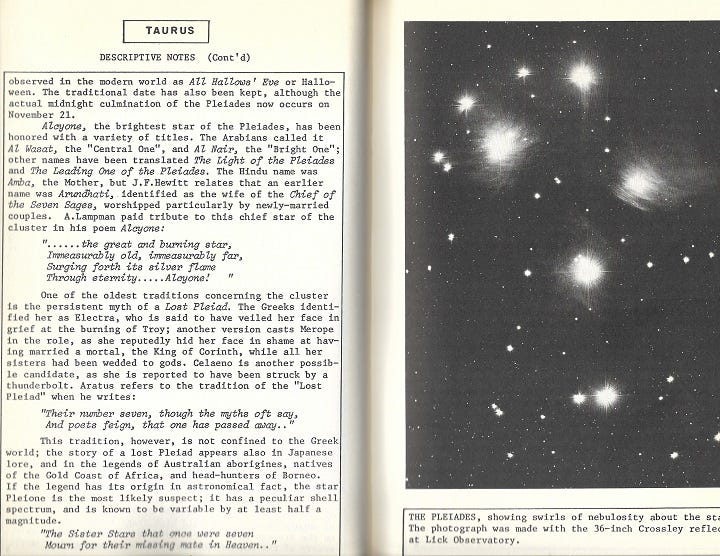
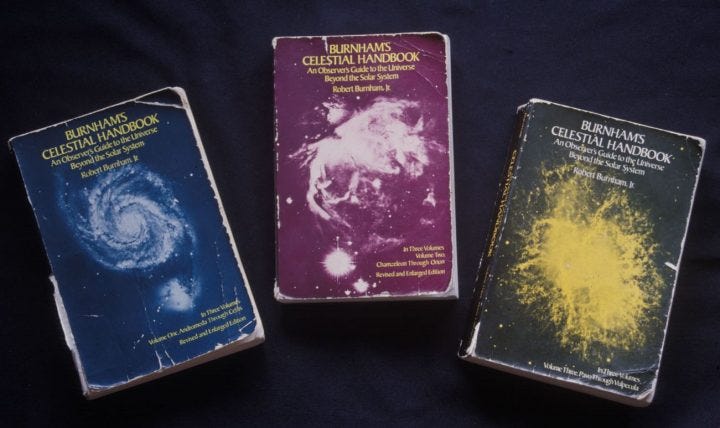
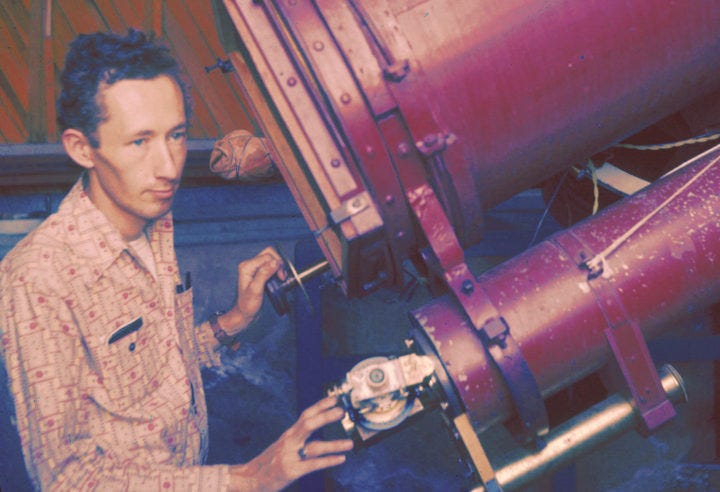
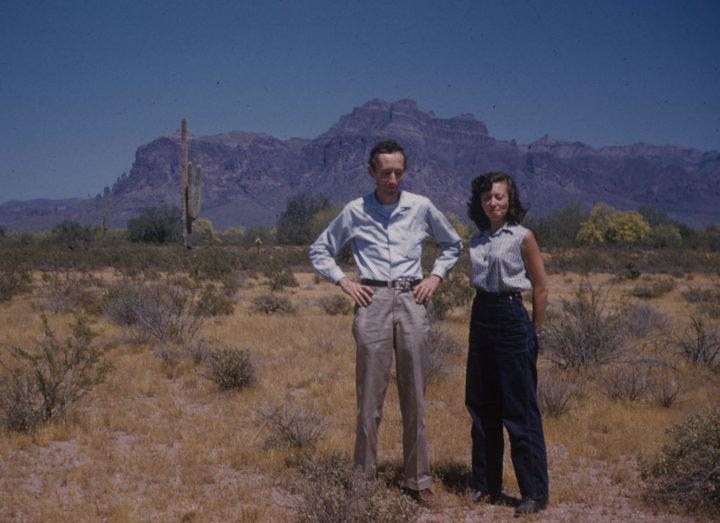
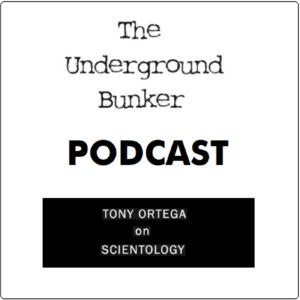
Wonderful story, thank you Tony Ortega!
That is awesome. A story that needed to be told.